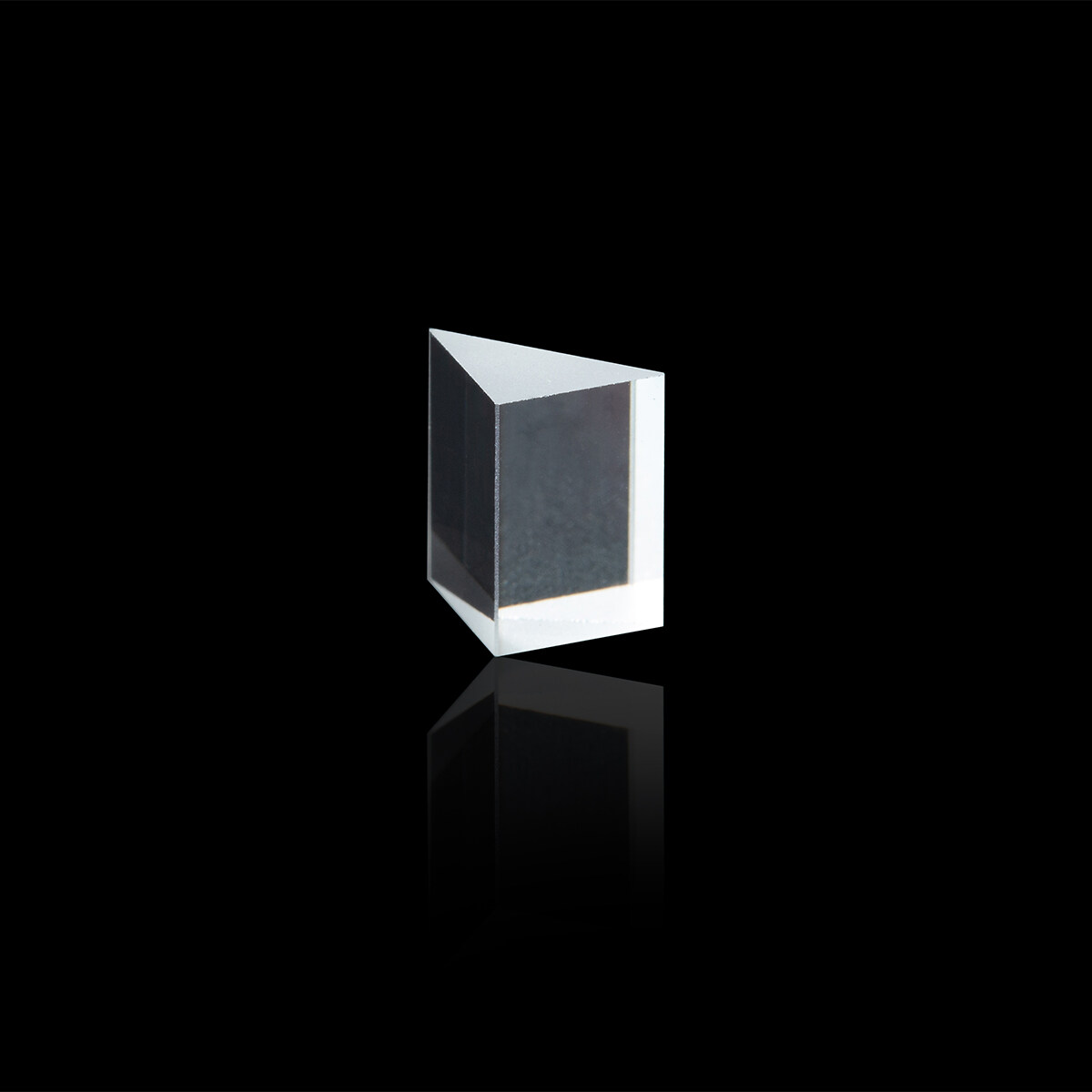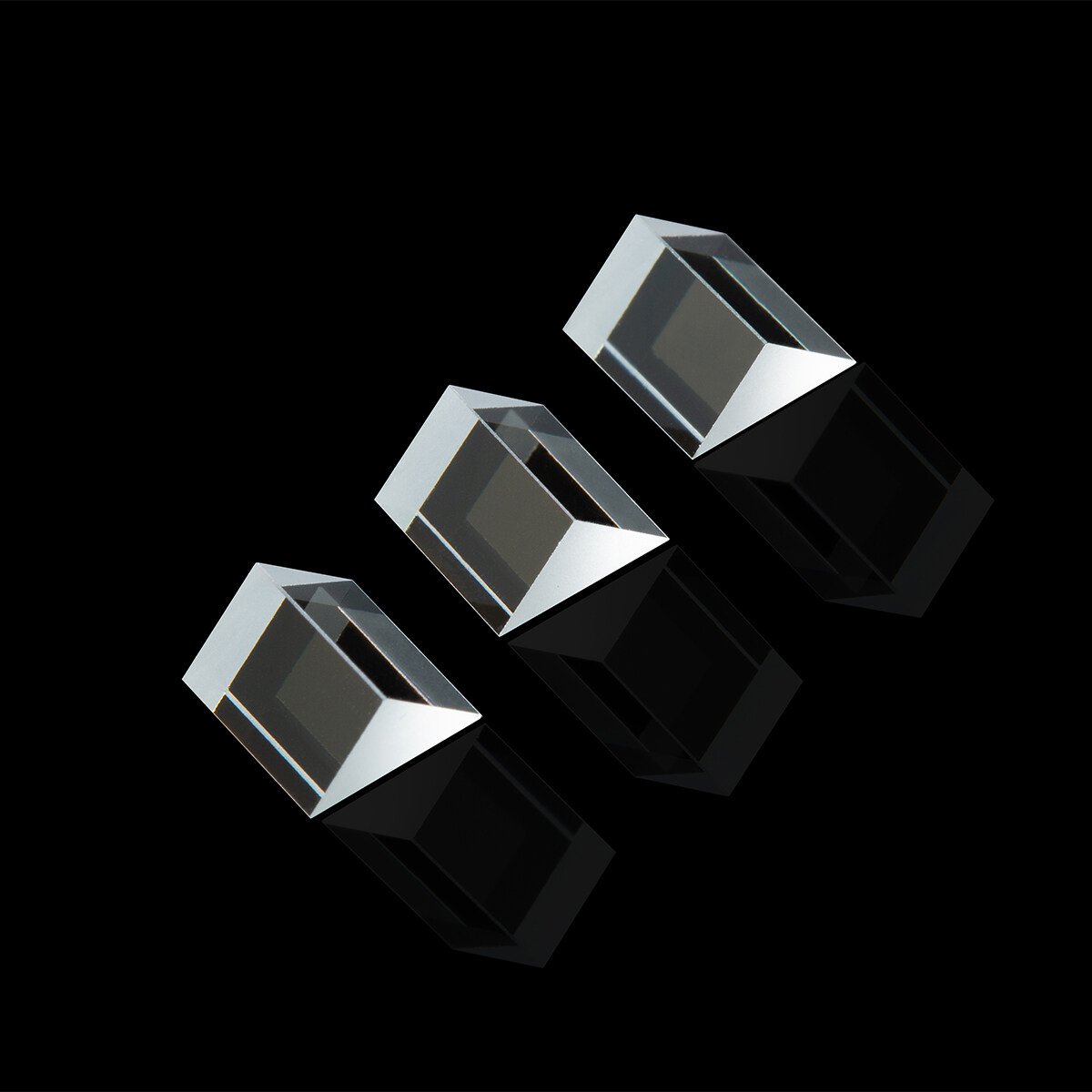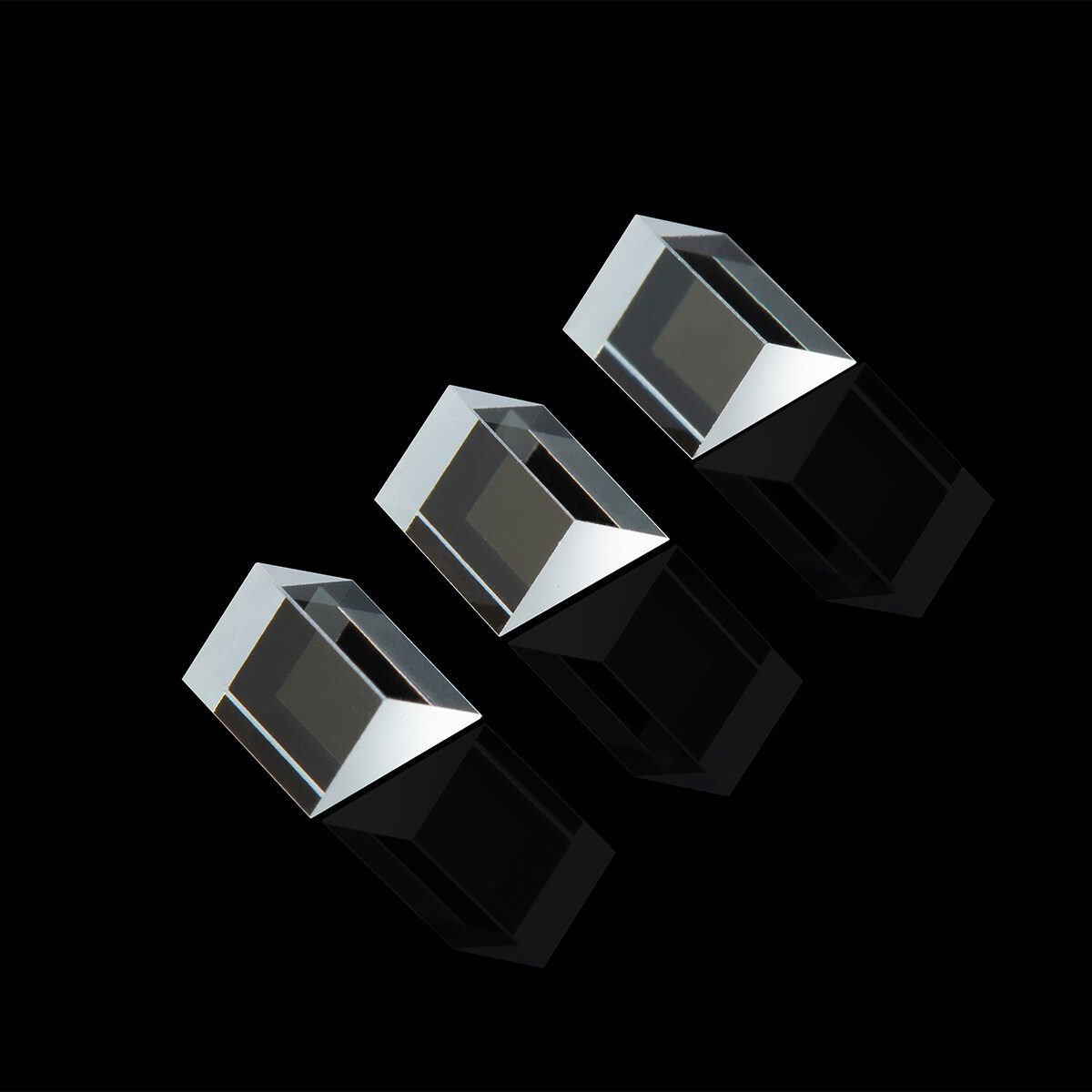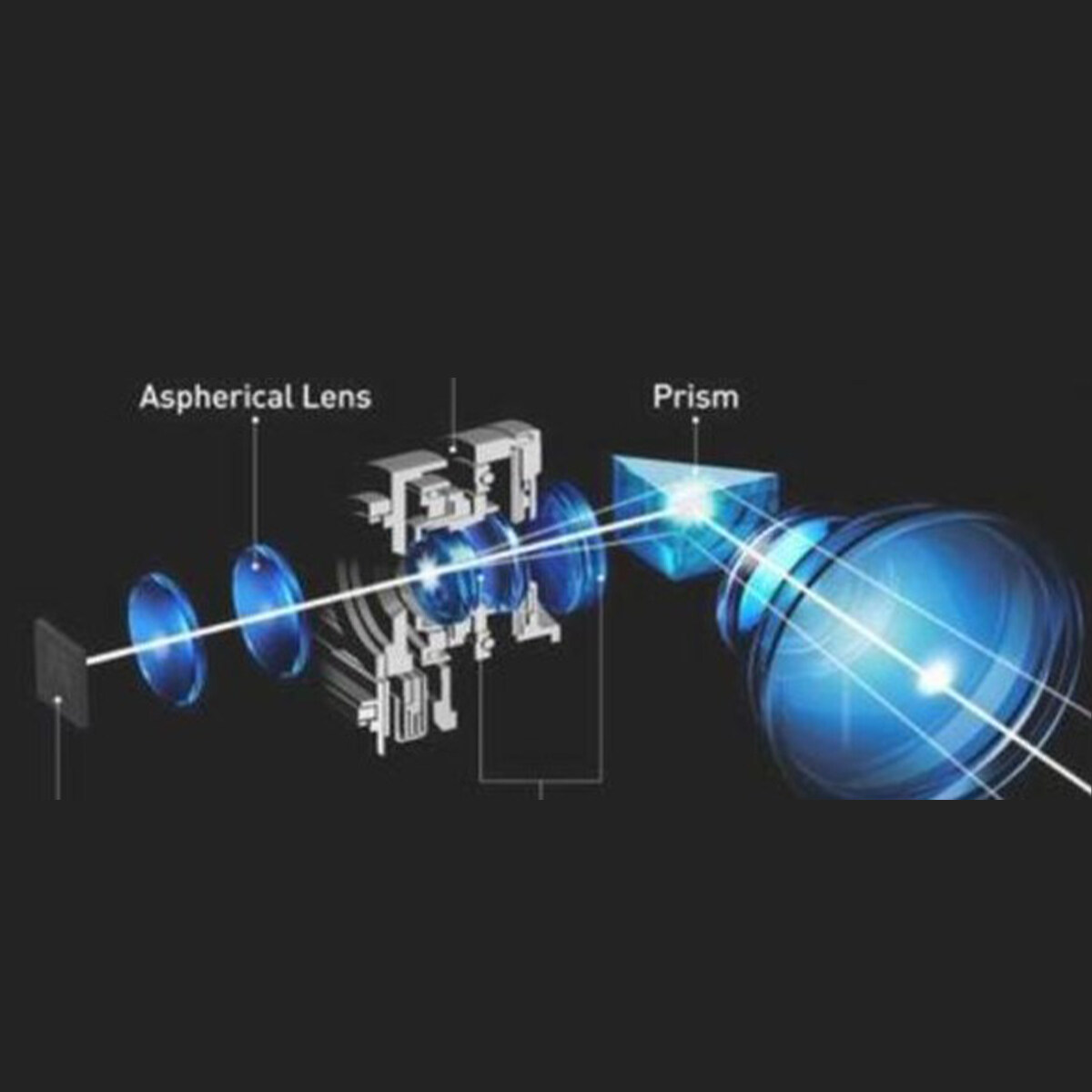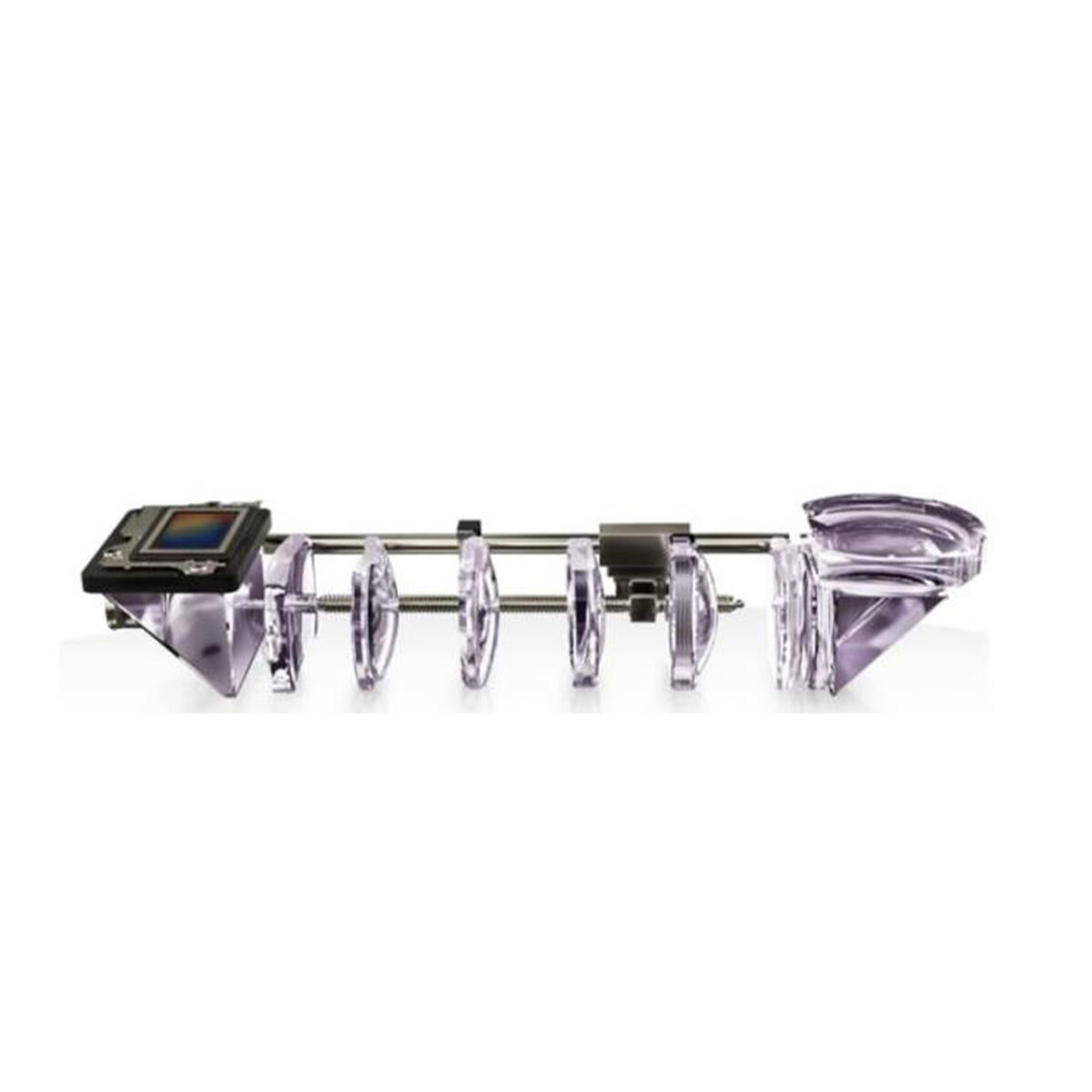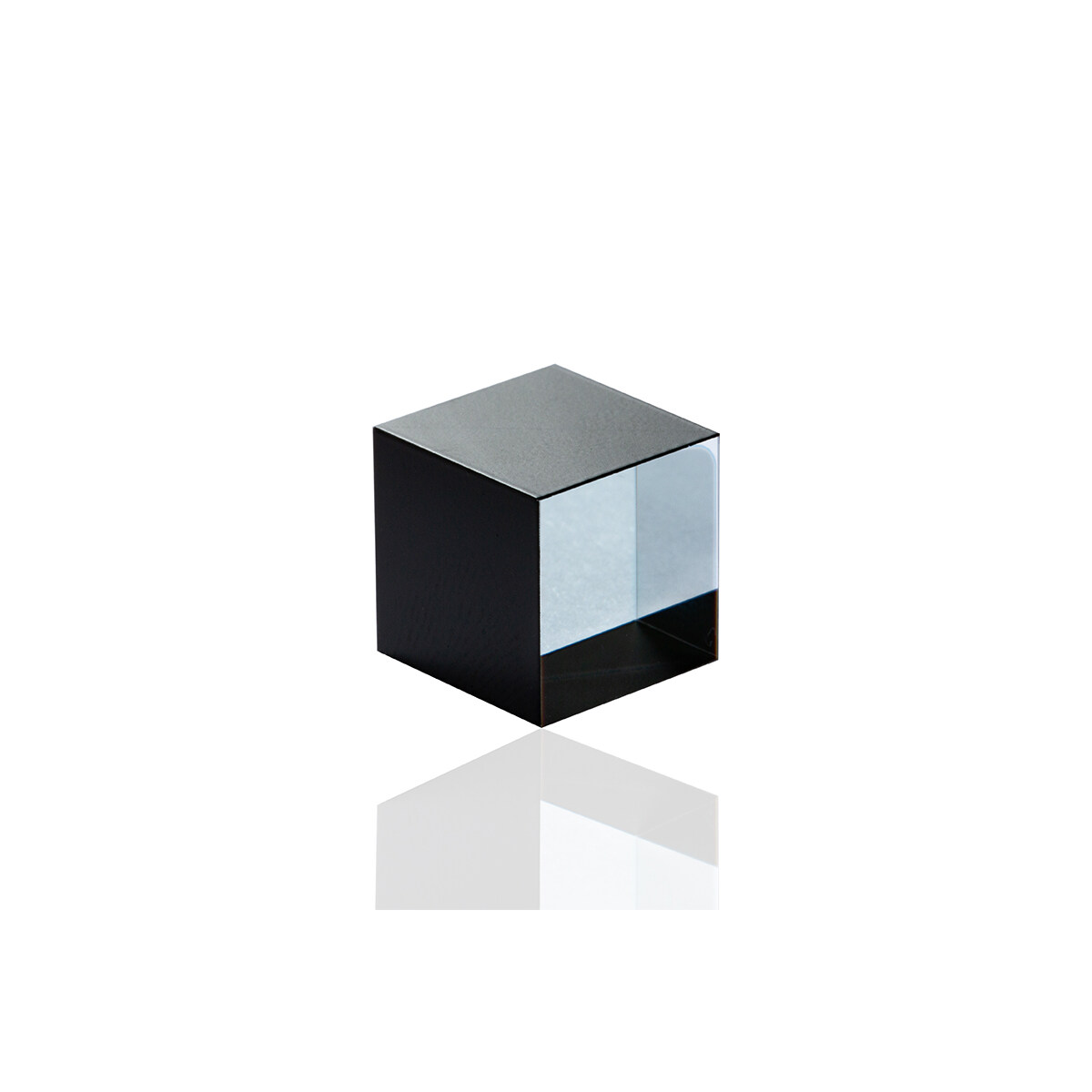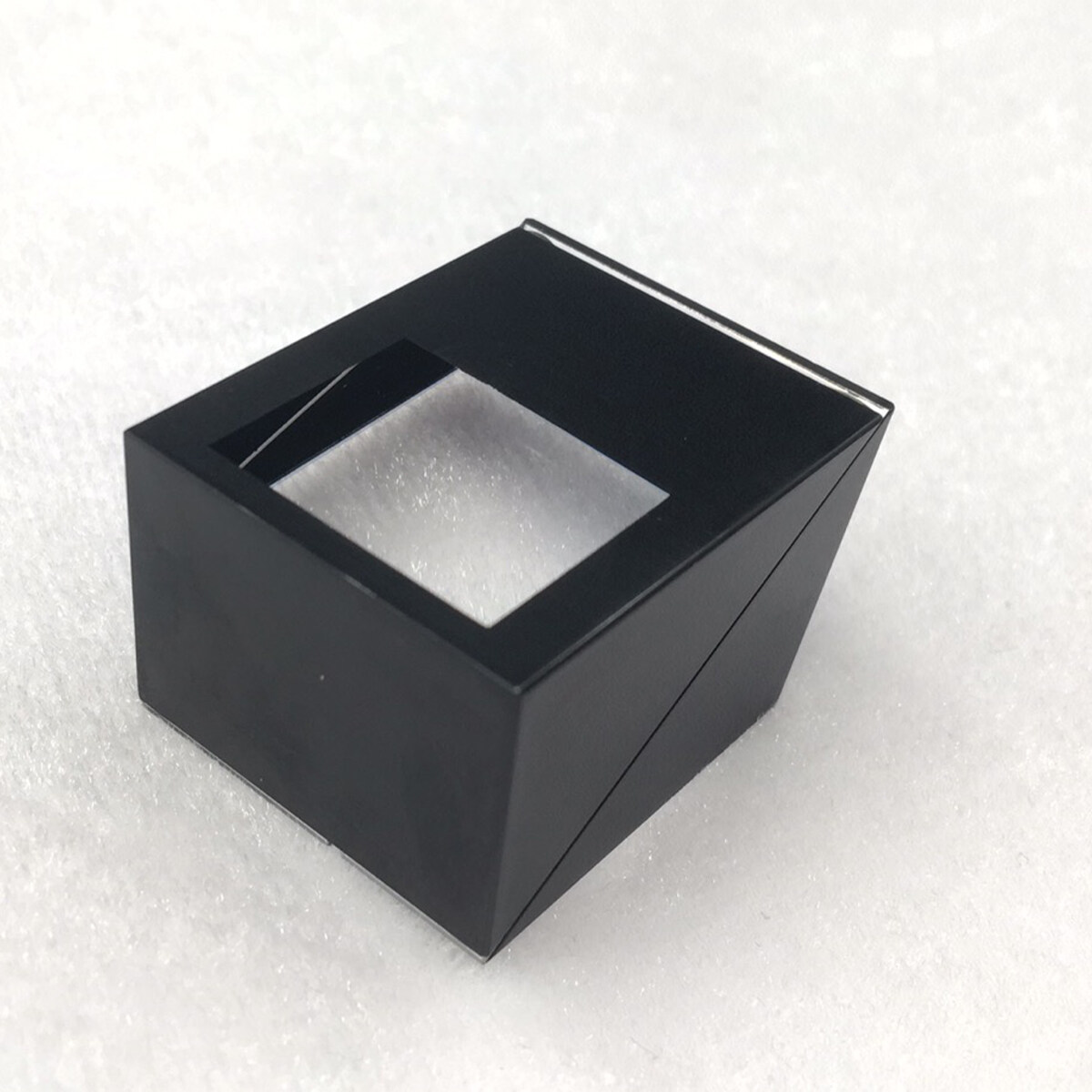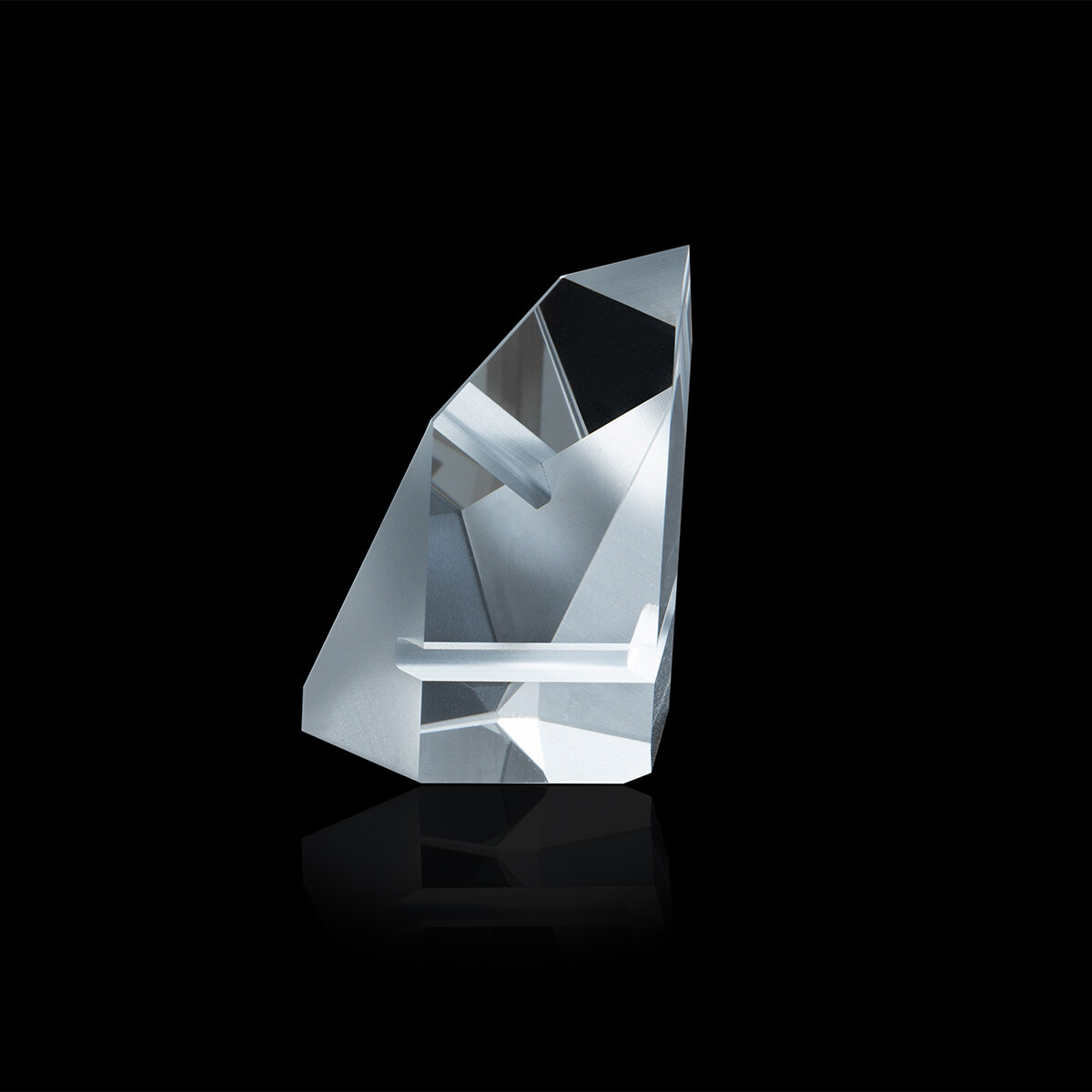Email format error
Email cannot be empty
Email already exists
6-20 characters(letters plus numbers only)
The password is inconsistent
Email format error
Email cannot be empty
Email does not exist
6-20 characters(letters plus numbers only)
The password is inconsistent

Periscope Prism
The optical glass triple triangular prism is a new component of the periscope structure. There are optical anti-shake requirements for the optical glass triple triangular prism. It requires high process accuracy.The process characteristics of the prism are mainly in the production process of the prism, which requires hardening, shading, and cutting. Higher cost than the traditional process.
What is a periscope lens?
As the name suggests, the periscope lens draws on the basic principle of periscope.
What is the basic principle of periscope?
A periscope refers to a device that stretches out from under the sea to spy on activities on the sea. Its structure is the same as that of an ordinary ground telescope, except that two mirrors are added to make the object light reflect twice and turn to the eye. Periscope is often used in submarines to observe the enemy's situation on the sea.
Periscope mainly uses two reflectors to make the light path fold. The design and function of this folded optical path are very important, and it is also the main reason for its use in mobile phones.
Why is the periscope camera so popular?
The innovation of mobile cameras is becoming more and more intense, trying to catch up with a digital cameras in terms of various performances. The zoom ratio has become one of the important performances that mobile phone manufacturers pay attention to. To achieve a higher zoom range, we have to move the telephoto lens on the camera to the mobile phone, but we know that the longer the focal length, the larger the space it takes up, which runs counter to the trend of lightweight mobile phones.
Earlier, some mobile phone manufacturers introduced some models that support optical zoom, mainly using the telescopic zoom lens of mainstream card machines for reference. However, due to its bulkiness, poor stability, poor dust prevention, and high failure rate, it has been eliminated by the market.
The periscope lens is the key factor to improve the zoom multiple of mobile phone cameras. Its principle is simply to add a prism (or reflector) to allow the light of the incident lens to be reflected once or more, making use of the horizontal space inside the mobile phone, so that the mobile phone can be equipped with a telephoto lens with the same longitudinal thickness.
At present, smartphones equipped with periscope lenses are flagship models. It is believed that with the gradual decline of the cost of periscope lenses, medium and low-end models are also expected to gradually carry periscope lenses with lower specifications in the future, and periscope lens shipments are expected to explode this year and next.
With the further maturity of the supply chain of periscope lenses, the cost of parts will further decline, which will drive the periscope lens to sink to middle and low-end smartphones. In 2020, the global shipments of smartphones equipped with periscope lenses will reach 83million, and usher in the peak growth rate of 400%. It is expected that there will be a chance to exceed 400million in 2023.
Optical prism
The prism module is a new component of the periscope structure. There are optical anti-shake requirements for the prism module. It requires high process accuracy.
The process characteristics of the prism module are mainly in the production process of the prism, which requires hardening, shading, and cutting. Higher cost than the traditional process. The main global prism manufacturers are concentrated in the Chinese Mainland, Taiwan, China, and South Korea. The production threshold of the prism is not high. With the reduction of production cost in the future, the unit price of the prism is expected to be further reduced.






